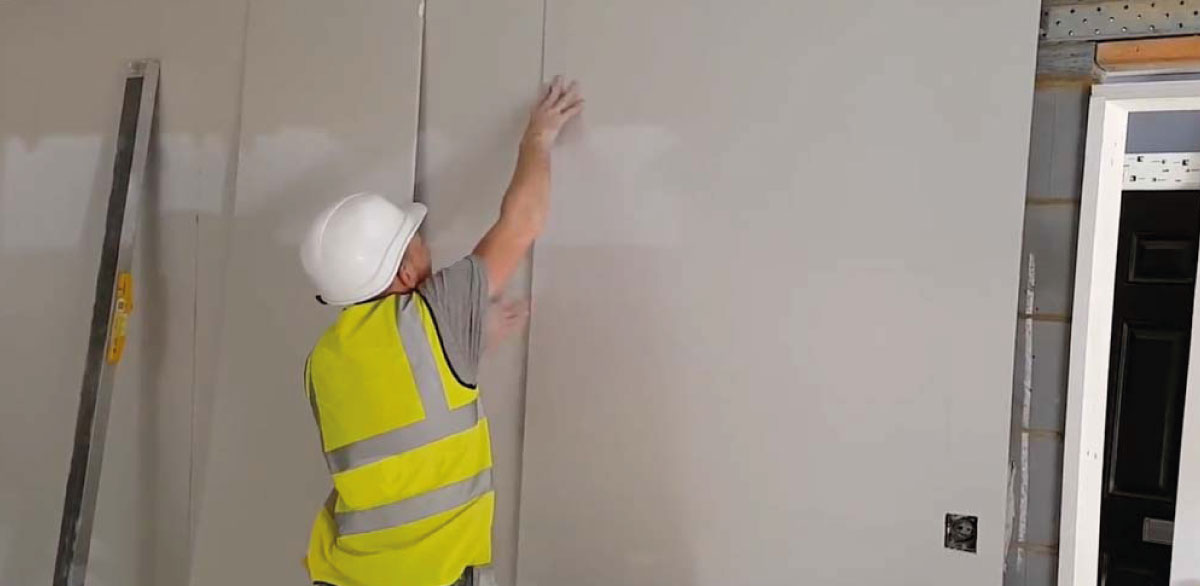Dry Lining Tools And Practices: Mitigating Work Site Hazards
Dry lining, much like other construction processes, presents several health and safety risks to workers. It’s so prevalent that injuries range from musculoskeletal conditions to slip and fall accidents.
• Manually handling plasterboard, which typically weighs around 4 to 9 stones, strains workers muscles over time and often results in musculoskeletal disorders.
• Part of the finishing process is sanding the plasterboard. Inhaling the dust and other fine debris from it can lead to breathing problems.
• As dry lining extends to the ceiling, workers are susceptible to injuries from falling off ladders or scaffolding.
These scenarios can easily be avoided when proper precautionary measures are applied.
Dry Lining Best Practices
Dry lining is a fairly simple process that can be accomplished by a lone worker working efficiently. To further improve worker effectiveness, follow and implement simple safeguards, as well as utilise the appropriate tools.
• Invest In The Proper Tools. As a trade, dry lining requires specific tools and equipment. It streamlines the process, while also mitigating common risk factors. Whether it is dry lining sanding tools or plaster mixers, these tools all help your worker complete their task.
• Install The Necessary Safety Features. The use of ladders and scaffolding is unavoidable when dry lining, leaving your worker vulnerable to falls and related injuries. Besides using a stable ladder or scaffold in good condition to reach higher parts, adding safety features, such as non-slip grips and base plates, further improves workplace conditions.
• Let Workers Use The Right Safety Equipment. The Health and Safety Executive (HSE) requires employers to provide workers with appropriate personal protective equipment (PPE). Dry lining PPE include face masks, slip-resistant footwear, and protective safety glasses that allow the worker to conduct their tasks safely and unhindered.
• Determine The Hazards Other Trades Pose. Dry lining takes place at a stage of the build where other tradespeople are carrying out their jobs. Evaluate the site and determine possible cross-trade risks and coordinate with them on implementing the necessary precautionary measures.
• Conduct Regular Site Assessments. Aside from general precautions for manual handling, employers must conduct site assessments regularly. Identifying safety issues early gives employers enough time to take steps to mitigate hazards.
Choose a Reliable Partner for Your Needs
As one of the leading providers of fixings and safety products, Bryson works to ensure clients receive the best products for their needs. We rely on our work with fit-out and refurbishment contractors in developing our tools and equipment. This is part of our commitment to providing products that streamline the industry.
We carry different dry lining equipment that will help your workers in their craft. Additionally, we have complete sets of PPE that can fit most industries. Our extensive metal Stud & Track range offers drywall contractors the best solution to the increasing need for design detailing and dry walling. Our Stud & Track and MF Ceiling range meets all European standards and is compatible with all plasterboard products.
For any enquiries about our products, feel free to email us sales@bryson.co.uk or call us on 020 8660 9119 or to order a brochure click here.


